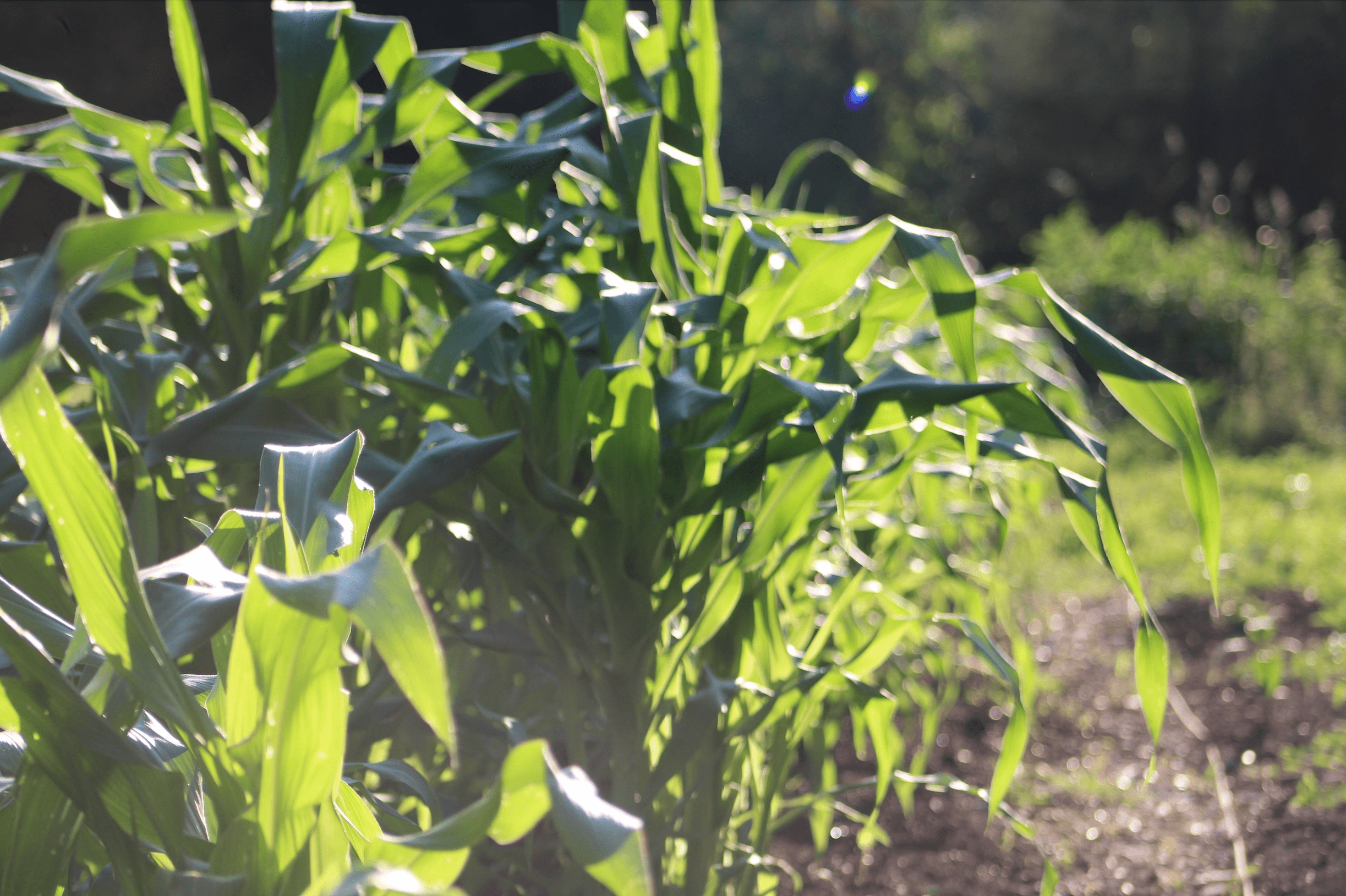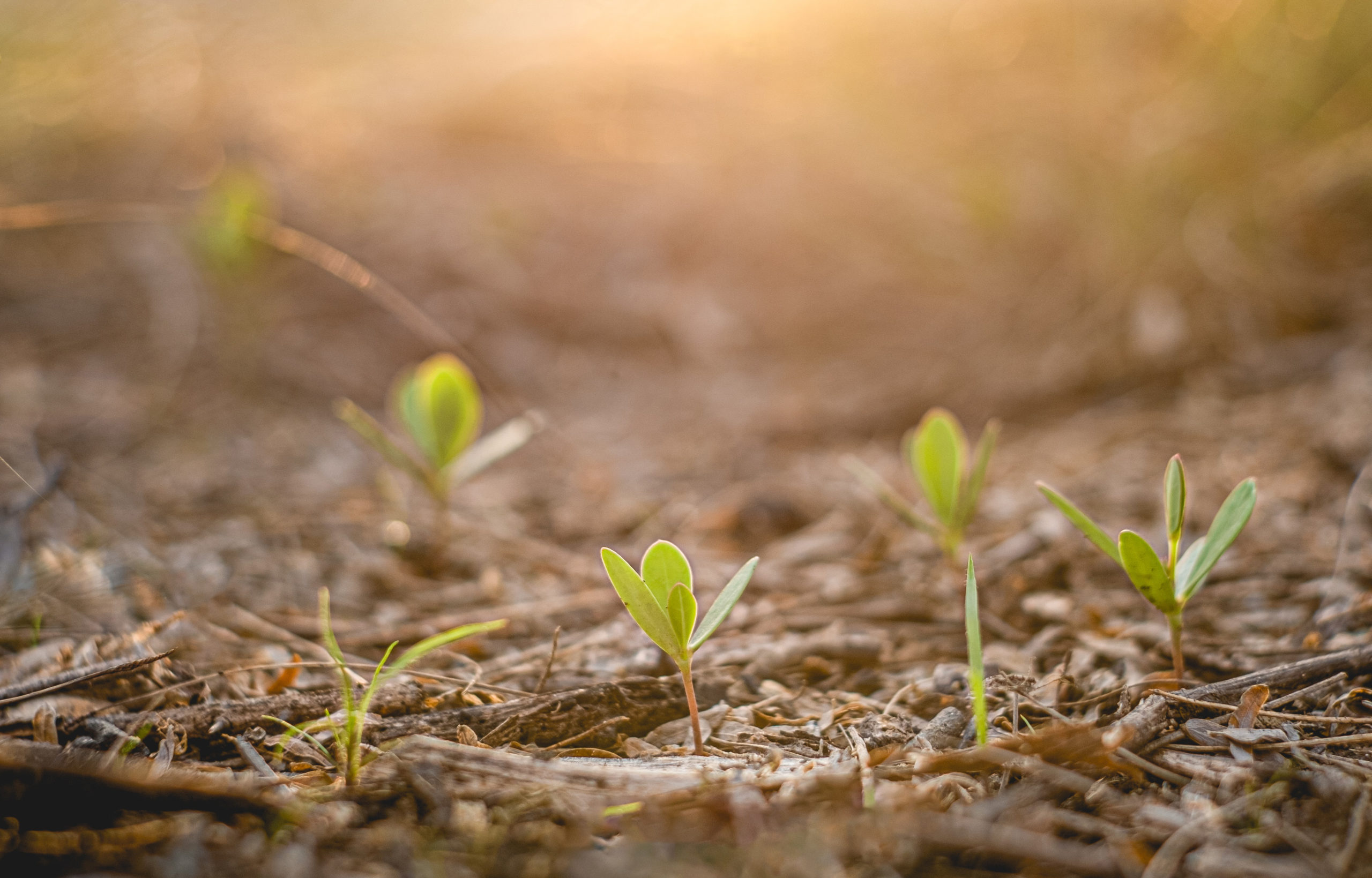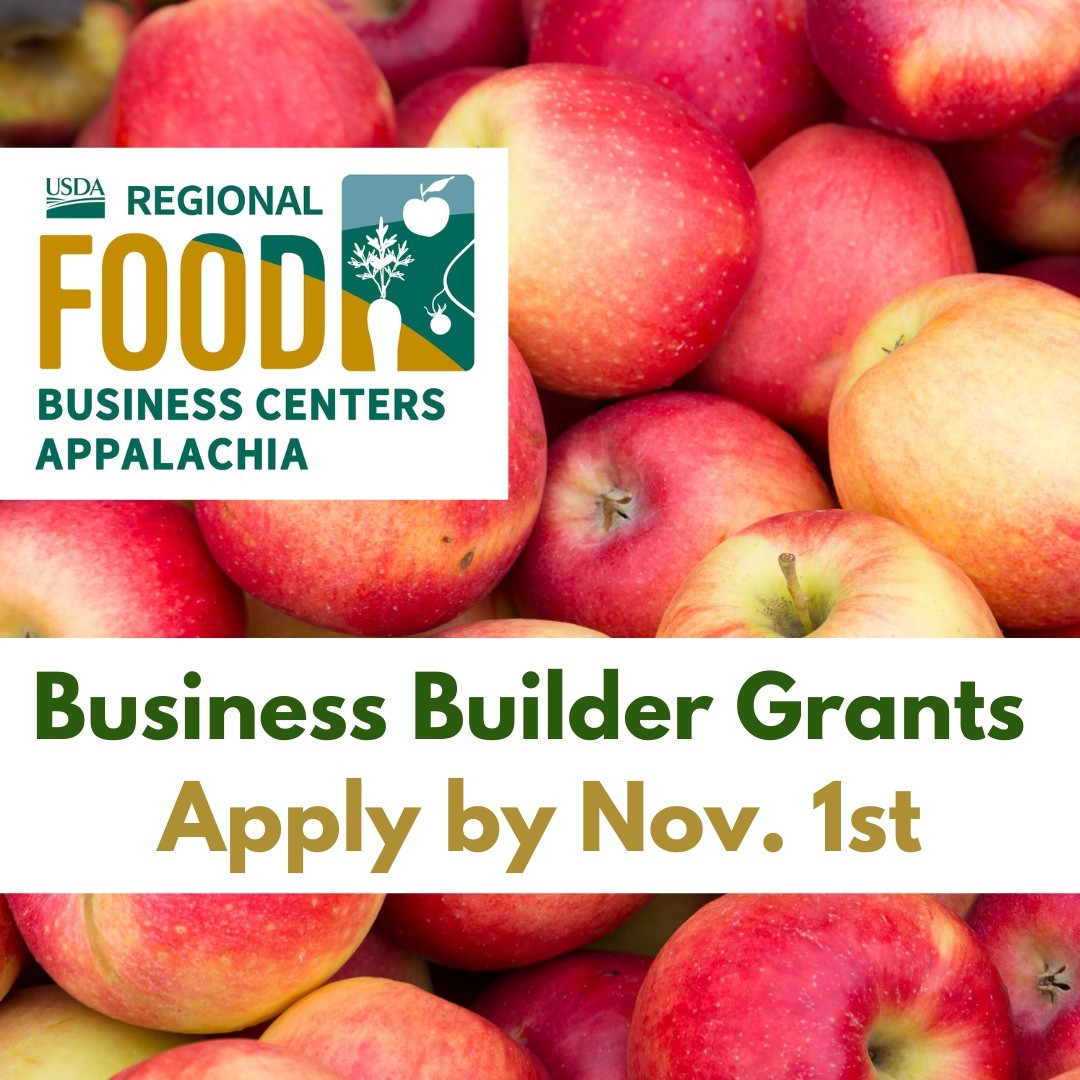The Agrarian Trust aims to help farmers access land and stay on it, while fostering a system of community supported, environmentally sustainable agriculture.
By Danielle Beurteaux
FARMING, Young Farmers
This article originally published on Civil Eats here.
The Somali Bantu Community Association of Maine (SBCA) needed land. This year, one of the farms run by the Lewiston, Maine-based organization, was in danger of getting kicked off yet another in a series of rented lots.
It would have meant the fourth farm move. And for the group of Somali Bantu refugees who farm there, that would have added insult to injury, after years spent facing racism and anti-refugee sentiment. “The myth in town is that people who are from refugee and immigrant populations came here to the Lewiston area just to get welfare benefits,” said SBCA’s co-founder and executive director Muhidin Libah.
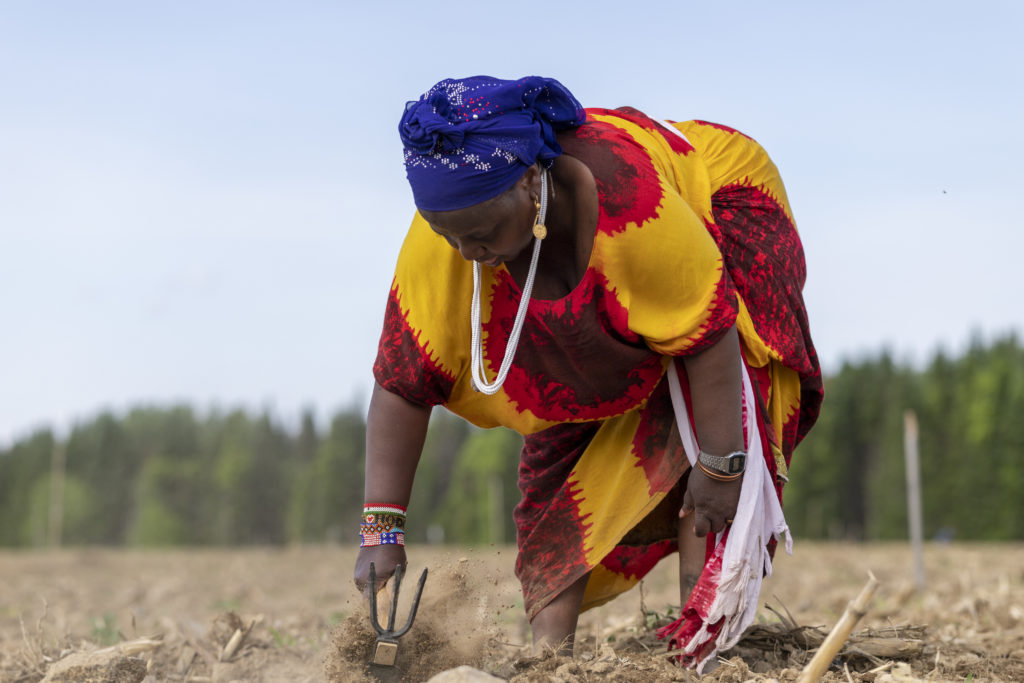
Ninety percent of the farmers at SBCA’s Liberty Farm are women; they grow everything from Molokhia (Egyptian spinach), amaranth, African eggplants, cucumbers, and watermelons, and various bean varietals from Africa for their own families and to offer wholesale to institutions in the area. For this mostly low-income and food-insecure community, losing their farmland would have been a significant blow.
“I was worried because I had about 180 farmers trying to farm this land,” recalls Libah.
Now, the farm is hoping to move to a new, 107-acre parcel with a 99-year lease. And it has become one of the founding farms in a larger effort called Agrarian Commons.
The experiences of the Somali Bantu community are a good example of the barriers to land access many farmers and would-be farmers face across the U.S. The average age of the American farmer is nearing 60, and an estimated 400 million acres of farmland are expected to change hands by 2030. Much of that land is in danger of being developed or bought up by a bank, or very large farm, as the price of farmland has reached historic highs in many parts of the U.S. As a result, many young and new farmers can’t find affordable land. Furthermore, most landowners are white and male, while most farmworkers are people of color.
The Agrarian Commons project, from the New Hampshire-based nonprofit Agrarian Trust, is designed to help farmers bridge those difficulties by helping retiring farmers and ranchers financially while transferring land to the next generation. By doing so, it hopes to address land injustice and farmers’ financial insecurity while fostering a system of community supported, environmentally sustainable agriculture. There are currently 12 founding Agrarian Commons farms in 10 states, covering 2,400 total acres.
Community Solutions
SBCA’s new farm is part of the Little Jubba Central Maine Agrarian Commons—named after the Jubba River Valley in Somalia—and is one of 10 founding commons, or community-based farms and ranches, nationwide. Beyond the farming itself, the space will also allow the community to celebrate its heritage, said Libah. “Now we have a space where we can exercise our culture, a space where you can do a lot of programming because it’s outside of town and it has a lot of potential.”
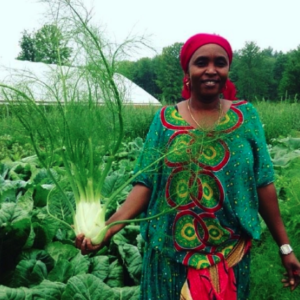
Some of the SBCA farms run on a traditional Somali ishkashito model, a cooperative sharing system where small groups of farmers form their own groups and work plots of land together and are accountable to each other. They sell their crops as a group and divide the profits. “It’s a cultural cooperative method that we use back home in Africa,” said Libah. “We are trying to retain our African farming methods.”
The uniqueness of the Agrarian Commons model, said Agrarian Trust director Ian McSweeney, is the local–national legal structure. It’s the only agriculture land trust in the U.S. with its particular ownership and lease model, with the umbrella national land trust. Each commons is comprised of farmers, community stakeholders, and a board. The farmland is acquired by the local commons, financed by private donations from philanthropies and individuals, and then leased to a local farmer for 99 years.
The land is not necessarily designed to be farmed collectively, but that’s certainly an option, as is the case at SBCA. The local commons negotiates with landowners, such as farmers who need to finance their retirement yet want their farms to remain farms and sustainable. It is also designed to relieve new farmers of land-based debt because they don’t have to take on a mortgage or loans to finance the land purchase (for many, getting conventional financing is very difficult anyway).
Agrarian Trust describes the commons model as an adaptation of the community-supported agriculture (CSA) model, wherein customers invest in a farm by pre-paying for produce. “The same needs to be true for farmland,” McSweeney said. “The communities that are connected and depend upon those farms need to give philanthropic and investment money to secure the land base for the farms they count on.” The structure was modeled on the French farming co-operative Terre de Liens, which was founded in 2003.
In California’s Capay Valley, 120 miles north of San Francisco, a group of community stakeholders that comprise the Capay Valley California Agrarian Commons are currently negotiating the valley’s first potential Agrarian Commons farm.
The farm has the support of Full Belly Farm, a pioneer organic farm in the area founded by Paul Muller and Dru Rivers in 1984, and currently run with their children and partners Judith Redmond and Andrew Brait. In the ensuing years, Miller says he has seen land prices in the valley increase due, in part, to demand from city dwellers for second homes and, recently, cannabis growers. Land now costs $15,000 to $35,000 an acre. That makes it difficult for new farmers to both afford land and to start up a farm business.
“To be able to do all of that at the same time is increasingly difficult and it’s a reason why there aren’t a lot of new young farmers around at a time when we need to think about having more farmers who are learning the trade and providing for the regional food economy,” Muller said.
A 245-acre farm where a leasehold farmer has worked for 25 years to create an organic system is for sale, but he can’t afford to buy it. (The negotiations are ongoing, so the group preferred to keep the farm anonymous). If the Capay Valley Agrarian Commons acquires the land, it will be leased back to the same farmer, who in return will offer other farmers training and growing opportunities on the land.
In Montana’s Northern Great Plains region, the situation is different. The region is very rural with lots of land and very few takers. Anna Jones-Crabtree and her husband Doug Crabtree own the 9,600-acre organic Vilicus Farms, where they grow small grains, along with broadleaves, legumes, cover crops, and pollinator habitat. They self-financed their farm as a second career, and they realize that most new farmers can’t do that.
As another of Agrarian Commons’ founding organizations, their existing organic farming training program, Vilicus Training Institute, and formal apprenticeship program will expand to train more new farmers, and the local Agrarian Commons will help trainees find land.
“Where we are, we have huge amounts of opportunity for access to additional land,” Jones-Crabtree said. “We want more investors … because we also want to help support a different way of agriculture that we think can be both environmentally and economically better.”
Land Access Builds Communities
While there are several frameworks meant to help provide access to affordable land, the U.S. has a patchwork of solutions to a national problem. According to a recent paper, the U.S. Department of Agriculture (USDA) has funded land access programs to the tune of $210 million over the last decade. And yet there has been little or no assessment of their effectiveness. The researchers found that one program, the Conservation Reserve Program-Transition Incentive Program, which is ostensibly aimed at helping “socially disadvantaged” farmers, has so far helped the 480 farmers and none fit that criteria.
This echoes the history of New Communities, the first community land trust. Its Black organizers were the victims of racial discrimination by USDA officials, who would not lend the trust money, but later lent a white buyer 95 percent of the purchase price. Racist disparities in land ownership remain, with a severe imbalance in terms of both race and gender.
Neva Hassanein, professor of environmental studies at the University of Montana, and an expert in food democracy, describes the Agrarian Trust and Commons as “a fabulous concept.” But she also thinks that none of the many current land conservation models, including land trusts and the Agrarian Commons model, replace land-use planning, “I see these other strategies as complementary, but they are not a replacement for governance, and planning for a community’s future and the resources it’s going to need, especially in the face of climate change,” said Hassanein.
In the case of Maine’s Somali Bantu community, the group’s relationship with Agrarian Trust will help make their work known to a larger audience. “[It’s] exposing our name and effort outside the community so that every person will know the cool job we are doing, how we are helping the people, how we stick together, how we are hardworking, donating food to different kinds of churches and mosques,” said Libah.
Helping new farmers find land to run organic, regenerative agriculture is essential to food security, particularly in an event like the COVID-19 pandemic. While the food supply chain experienced interruptions, many local-focused smaller farmers and ranchers were nimble enough to continue producing and selling at local markets and CSAs while abiding by health protocols, said Full Belly Farm’s Muller. “It’s important that we have small, regional farms that supply urban areas,” he said. “They’re not going to supply all, but they provide a level of resilience in the food system.”
The Agrarian Trust has raised an initial $2 million to fund the first commons project, and it hopes to raise another $8 million by 2022 to buy more land, among other goals. Director Ian McSweeney seeks to create a model that can be adapted in communities around the country, and change the culture around land acquisition. “If we shift the priority of communities and people, we can really make a difference,” he said.
